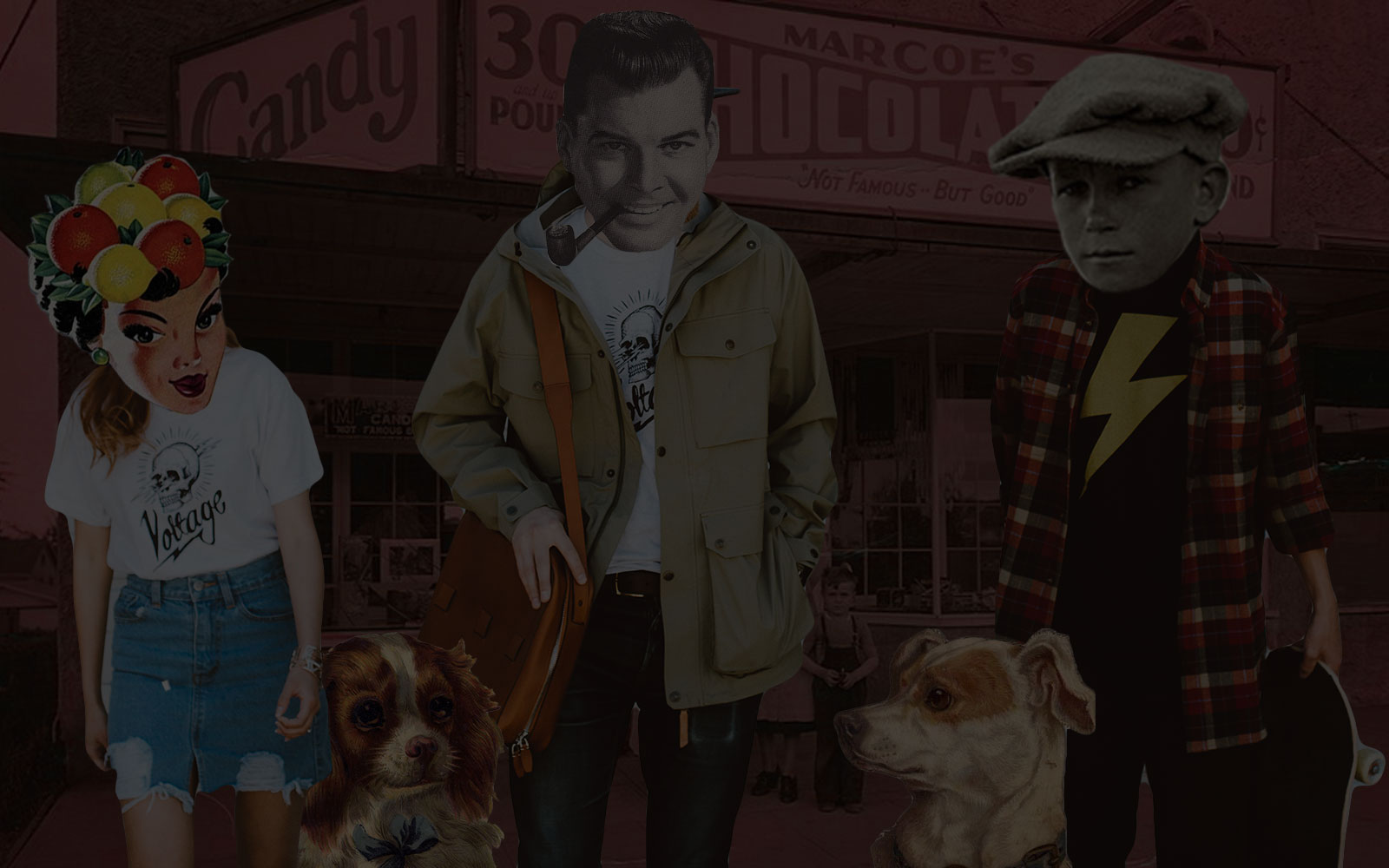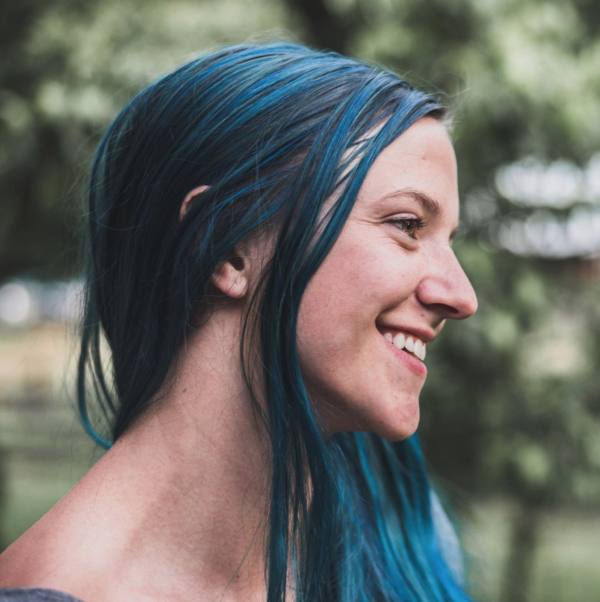PART 1
As a digital ad agency, our ears perk up when we get wind of a unique way technology is disrupting industry. The Colorado Sun, a startup news operation in Colorado, is part of a new wave of newsrooms turning to tech and collaboration in order to do news better.
Heather, VOLTAGE content director, has a journalism background, so she stepped up to connect with both Dana Coffield, senior editor, and Eric Lubbers, chief technology officer to get the scoop on The Sun’s rising approach to journalism and the role technology plays.
Dana, from your perspective, what do you think will be different and what will be the same about the content that The Sun produces? Do you expect an evolution in what you deliver to your readers?
Dana: Our intention at the moment is to try and break news about things that are going on in our community but not chase breaking news. So we might do a broader story about the fires for example, but not be down on the fire lines every single day reporting. We’re trying to take a deeper dive into important issues that are important across the entire state. We want to make sure that we have a robust reporting core that will be taking a look at issues in southern Colorado, western Colorado, northwestern Colorado, northeastern Colorado, so that it is not Denver-centric.
While we understand that Denver is the center of the financial and the political universe, everything that happens along the Front Range has reach and impact out in other parts of the state. So that’s a little bit different in terms of trying to approach news more regularly rather than just taking an occasional look at what’s going on beyond the Front Range. And I’m sure it will evolve – how can it stay stagnant? We’re aspirational, but we’re also experimental at this point.
Do you see this as an agile approach where you’re going to keep iterating based on what works for the public and what feedback you get?
Dana: From the second that we announced our existence, we’ve worked really hard to make sure that we’re engaging our potential audience with questions about what issues are important to them, what’s interesting about their neighborhoods. Other news organizations definitely have a conversation going with their readers and viewers, but we wanted to build that habit from the get-go so that people feel perfectly comfortable saying, “oh, hey, here’s this thing that’s going on in our community, what do you think about it?” And then we could go take a look. It might turn out not to be a story. It might be the beginning of a broader story or it might be just a great tale about a human or a thing or a place.
So we’re keeping our options open, I guess would be a good way to describe it.
And in that vein, I saw that you’re asking for collaboration on your ethics policy, right?
Dana: Yes you did.
Eric: You don’t often get to build a news source from the ground up. We’re trying to make sure that in the current climate of record levels of mistrust of news sources, we want to know what would make readers trust a news organization. What level of transparency do we need to have? Like, how clear we need to be about our funding and where things are coming from, and how we use anonymous sources and those things that are the hot-button topics in the broader media world right now.
We’re definitely trying to take advantage of the fact that we get to build this from the ground up and let people see it from the beginning to make sure that they understand how we do our jobs and why the information that we’re putting out is verified and trustworthy compared to maybe some of the mistrust of more traditional outlets out there.
Wow.
Dana: It is super challenging. I was just thinking about it as you were talking, Eric. Some of the feedback, while really interesting, has veered into that territory where people have learned to equate disagreement with news being inaccurate. And so I think that’s a good thing for us to pay attention to.
I think there is a narrative that has arisen among underserved populations – I mean like corners of the state or places that aren’t getting covered appropriately. Some feedback is, “if we don’t agree with what you’re saying, then it is fake news.” And so we have a big hurdle to try and reclaim discourse as truth rather than “I don’t agree with you, so it can’t possibly be true” – and it’s a tall order. But important.
Eric: One of the things that we’re trying to do on that is – you know, as we all learned working at The Posts and our long journalism careers – that the public will definitely read our headlines, but there is very little clarity about how we got to that point, like, the actual machinations of journalism or something that most readers don’t really understand. So one of the things that we’re trying to do is make sure that we are as transparent as possible and that in the course of our reporting we clearly explain how we arrive at these conclusions. You know, like where we got the data, who we talked to – to give people context that they maybe wouldn’t seek out for themselves.
Are you going to have a full newsroom?
Dana: Yeah. We’re currently working in a coworking space in downtown Denver, which is kind of nice to keep us approximate to the centers of government, but we have a little bit more flexibility about getting a less-personal experience with the lack of transportation planning in Colorado by being allowed to work at home from time to time. [Everyone laughs.]
Awesome. And so right now you’re doing behind-the-scenes reporting so that you have stories ready for when that website launches?
Eric: Yep, exactly. And if we run across something that can’t wait, that needs to be published, we have a couple of means of making sure we can publish that and get it out there as soon as
possible.
Is this going to be a website only – will you guys have print?
Eric: Distribution is going to be fully digital. We’re not ruling out the idea of more way down the line if it makes financial sense to do something in print, but as it is now, we’re a pretty lean and mean newsroom and digital gives us a chance for the biggest audience – it’s the most effective way to put it out there without the financial burdens of going into print.
Gotcha. I know that you have to cut story length for print publication, so the website gives you the freedom of making it as long as you want.
Dana: Yes. But you don’t have to make it as long as you want. And so that’s a challenge too in making sure that we’re using the appropriate discipline in all of the stories that we do. And we may take on a gigantic, huge topic that’s going to take six months to report. But that doesn’t mean we just do notebook dumps – we have to make sure that we’re conveying clearly and getting people to read all the way to the bottom of a story. We will try and make sure that we have a diverse inventory of stories – quick writes, some middle-length stories and some longer stories. Eric can talk a little bit more about philosophically, the A, B and C types of reporting that we’re doing.
Eric: I roughly coined this “The X-Files Theory of How to Tell a Story.” It kind of cribs from the way that television show worked. You have A-plots, which are kind of the big things that are always present – in our space that’s gross income inequality, environmentalism, etc.. The big things that are always going to be there.
And then you’ve got the B-plots, which are maybe more interesting stories that need to be told in two or three parts, or three or four parts. They have a couple of angles, and they’re a nice little package that you can put out there. And then you’ve got what I call the – and this is cribbed directly from The X-Files lingo – the Monster of the Week story. It’s the fully self-contained story that’s like, you know, an interesting little profile on a person in a neighborhood or it’s one particular of legislation that needs a little bit of a deep dive or something that sits in the context of the larger world of Colorado, but it’s a pretty standalone story.
We’re really leaning hard on this just to make sure that we have a nice mix of those things. And especially because each one of them can inform on the other – the big story about some state-level agency can have effects all the way down to each small city or neighborhood. So we’re trying to make sure that we’re really cognizant of the way that all of our stories intersect and making sure that we elevate those stories when possible.
That’s great. That tells me how important local journalism still is. It’s so easy to get national stuff everywhere. Why do you think that the state-wide stuff is still essential?
Eric: Yeah, absolutely. I mean, that’s what is in crisis right now is the level of local news, because for as many TV channels as you have and as many newspapers as you have, the model has been always local businesses advertising in a newspaper or on TV – that’s how you get local journalism. And as that model starts to erode and go away, that journalism goes away and you can see instant effects. There was a study not long ago … that tracked the amount of spending by the state in places where they lost local newspapers, and it basically saw that state spending went up as soon as you lost that watchdog. And so what we want to try to do, at least for Colorado, is not just be that watchdog, but show how spending is happening, how our state is functioning, but also hopefully provide a model that can be replicated in other local news markets around the country – and the world.
I think Civil is trying to encourage that. Can you tell me what Civil is and how they’re helping fund you?
Eric: Right. So Civil is technically a technology company – they’re trying to prove the effectiveness of using blockchain technology for things beyond just cryptocurrency. They want to show that you can store media there and you can have verifiable media on that front. Part of that is that they are funding newsrooms around the country.
Some of [the newsrooms] are focused on specific geographic areas like us. Others are focused on specific topics. There’s one that’s launching soon, I think it’s called A Small Boat, and it’s fully focused on the rehabilitation industry.
And then places like Chicago, and Documented New York are focused exclusively on immigration. Sludge is focused on big money in politics and tracing where that’s sourced out.
Each of those kinds of newsrooms are all being funded by Civil basically to help prove that this model can work and figure out a way to remove big business from the business of journalism – get journalists owning these organizations and getting back out and resetting the way that journalism is done in this country.
To be continued.
Come back next week for the continued interview covering more on Civil, blockchain, and how The Colorado Sun plans to stand out from the noisy news pack.








